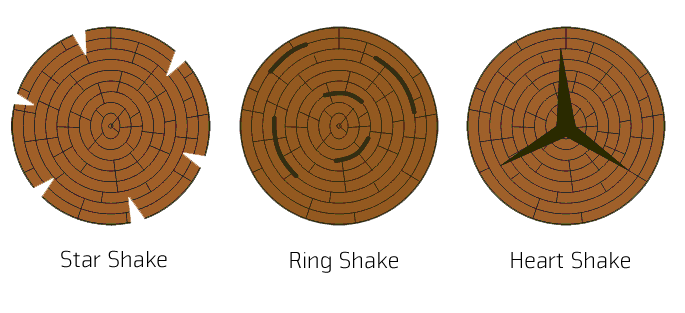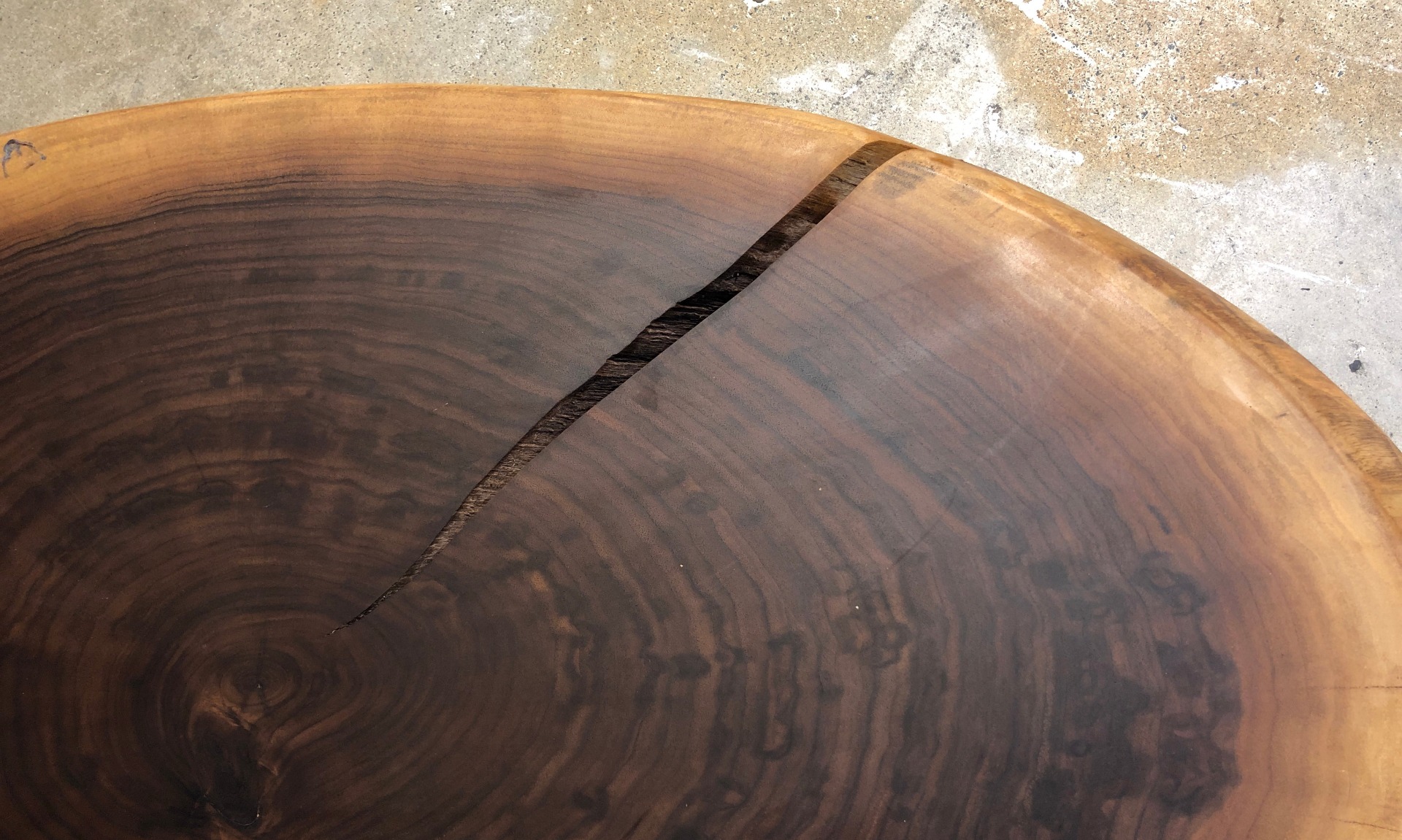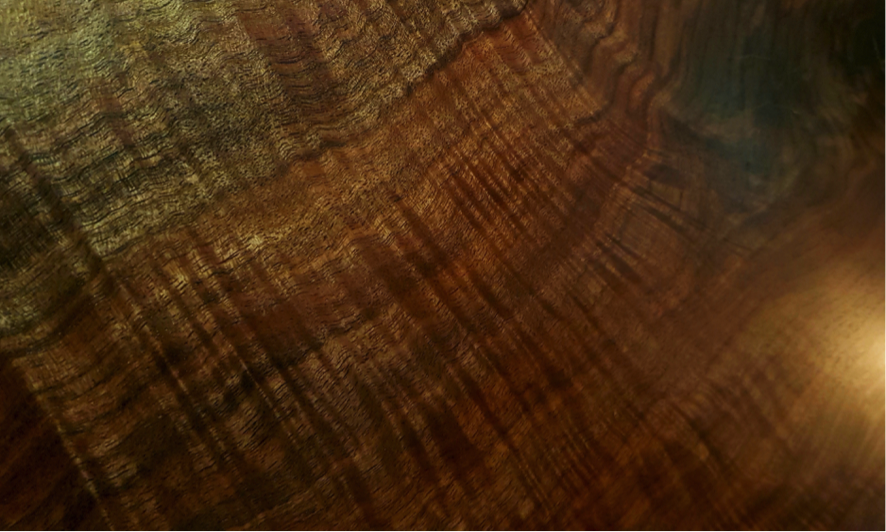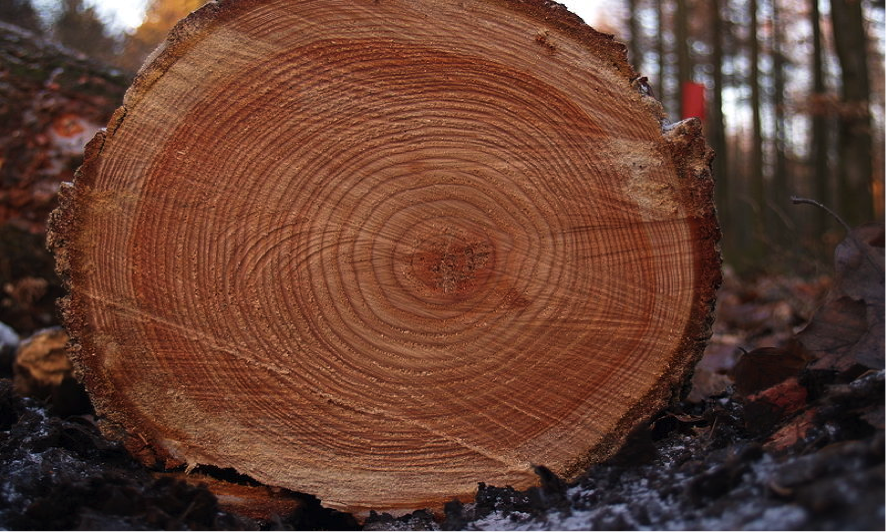Features On Wood You Never Knew Existed

Knots, ripples, grains, tiger mark ... surprised with all the wood features that you never knew on the wood? No worries, we are here to explain so that you will be an expert at spotting all these unique features the next time you shop for wood products.
#1 Knots
A knot is the base of a branch that was broken or cut off from the tree. During the natural growth of a tree, its lower branches tend to die off and their bases may become overgrown and enclosed by subsequent layer of trunk wood. So, you could say that the knots in wood appear in places where branches once were.

The portion of the remaining branch receives nourishment from the stem for some time and it results in the formation of dark hard rings known as knots.

There are various kinds of knots that are formed that can be formed by different factors. These knots are often exploited for visual effect. In some cases, knots on trunks add to the aesthetic appeal of the planks that are sawn from those trees.
#2 Shakes
Shakes are timber defects that occur around the annual ring or growth ring of a timber. In other words, cracks or splits in the woods are called shakes. It may or may not be a structural problem depending upon depth and use. The main problem is aesthetic. Where the appearance is important, shakes are undesirable.

Types of Shakes :
Star Shakes - This type of shake starts propagating from the bark towards the sapwood and sometimes even towards the heartwood along the lines of medullary rays. Cracks are wider on the outer edge or bark and narrower on the inside.
Cup or Ring Shakes - Cup shakes follow the annual growth ring. It is capable to separate the growth ring partially or completely. When the crack separates the annual ring completely, it is called ring shakes. So, all ring shakes are cup shakes, but all cup shakes are not a ring shape.
Heart Shakes - Unlike star shakes, heart shakes starts propagating from the pith to the sapwood along the lines of medullary rays. Shrinkage of the interior part of the timber causes this crack.

#3 Medullary Rays
Medullary rays, also commonly known as Pith Rays or Tiger Marks, are sometimes mistaken for damaged or repaired wood but are actually a natural feature of the timber. During a tree’s growing process, nutrients are transported from its core to the other layer so the sap moves through the wood perpendicular to the rings. This process causes the marks to appear.

Far from being a defect, medullary rays are often prized by many carpenters and customers for their unique and high-end appearance. They are most prominent in oak which has been quarter sawn to reduce expanding, twisting and warping. Check out our Oak Tables at our Showroom!

#4 Insect Defects

There are a number of insects that eat wood or use wood as a nesting place for their larvae which results in holes and tunnels in the wood. The damage they cause ranges from negligible to catastrophic. Some of the more common insects include:
- Wood boring beetles: The term wood boring beetle encompasses many species and families of beetles whose larval or adult forms eat and destroy wood They tunnel through wood to deposit their larvae.
- Pin-hole borers: They damage fresh-cut logs and unseasoned lumber, but also attack weakened, stressed, dying trees, and healthy trees with bark injuries.
- Termites: They tunnel through wood in various directions and eat away the wood from the cross-section core. They usually do not disturb the outer shell or cover.
#5 Wood Ripples

Wood ripples, Curl or Flame is caused by compression of the grain—either at the base of an old tree or under a heavy branch. This creates a ripple effect that may have 3-dimensional effect when viewed at an angle. Black Walnut grows slowly so this figure has years to compress—hence the close ripples as shown above. Some other species such as Birch grows much more quickly so the ripples are further apart. After sanding and finishing with oil, this rippling shows up as iridescent stripes that seems almost holographic. Sounds interesting? Come down to our Showroom to check out our Black Walnut selection!
Other Common Features:
Live edge: irregular outer edge of the tree, with or without the bark

Sapwood: outer ring of wood that surrounds a tree under the bark which is usually lighter colour.

Growth rings: added each year as the outermost layer in the sapwood, just under the bark. Next time try counting the age of the tree before it was cut!

Conclusion...
Feeling like an expert now? We sure hope you do! If you are considering to get a beautiful statement piece of furniture, remember to drop by our showroom to look at our collections!
